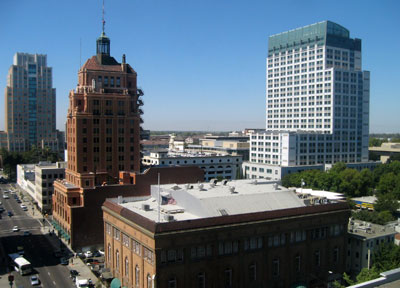The opposition Liberal-National Coalition, locked in a close battle with the ruling Labor Party in Australia's Saturday elections, has adopted a housing policy to improve the nation's housing affordability. The policy would require states to monitor housing affordability and to release more land for development. There would also be a review of the efficacy of development charges.
Australia suffers from some of the most unaffordable housing in the world, with a Median Multiple (median house price divided by median household income) of 6.8, which is more than double the historic norm of 3.0. With recent interest rate increases, the median household would have to pay more than 50% of its gross income to service a mortgage on the median priced house. Little more than 15 years ago, house prices were affordable in Australia, which had seen home ownership rise from approximately 40% before World War II to approximately 70%. The principal cause of the loss of housing affordability has been the virtual universal adoption of "smart growth" ("urban consolidation") land use restrictions, which have (among other things) made it virtually impossible to develop inexpensive housing on the urban fringes, with the price of rationed land driven up many times.
The Coalition's housing policy includes the following provisions that are directly related to removing the urban consolidation barriers to affordable housing:
In order to continue to receive federal funds, States and Territories will need to increase land supply and reform their planning and approval systems under the National Affordable Housing Agreement (NAHA).
States and Territories will need to set affordability targets to guide land releases and dwelling approvals. In order to receive federal funds States and Territories would need to demonstrate that they had a plan for delivering these targets and those approvals and land releases occurred consistent with the targets established.
The Coalition will review of State, Territory and local developer charges, which have been contributing an increasing component to the cost of development. State and local governments that build higher charges into the cost of housing will be less able to meet their home affordability obligations under the Compact.
Housing affordability has been an issue of substantial concern in Australia for years and has emerged as the top concern among voters in this election. State governments have talked about housing affordability, but have done little. Over the past five years, house prices have continued to rise relative to incomes. Just in the last nine months, a mortgage payment on the median priced house has risen from $500 in Adelaide to more than $800 in Sydney.
 The Coalition policy, however, represents the second significant development in recent weeks (Note). The first was an expansion of the Melbourne urban growth boundary by 440 square kilometers. All of this may signal an overdue attention to housing affordability in Australia.
The Coalition policy, however, represents the second significant development in recent weeks (Note). The first was an expansion of the Melbourne urban growth boundary by 440 square kilometers. All of this may signal an overdue attention to housing affordability in Australia.
-----
Note: Performance Urban Planning statement on the Coalition housing policy.
-----
Photograph: Adelaide: Urban fringe land (no houses allowed). Photograph by author
 At the same time, more liberal development regulations allowed a sufficient inventory of housing to meet the demand in high growth areas like Atlanta, Dallas-Fort Worth, Houston and Austin. In each of these places (and many others), the Median Multiple remained near or below the historic norm of 3.0, even with the heightened demand generated by a finance sector that had lost interest in credit-worthiness. As would be expected, speculators and flippers avoided the traditionally regulated markets, where an adequate supply of affordably priced housing continued to be produced.
At the same time, more liberal development regulations allowed a sufficient inventory of housing to meet the demand in high growth areas like Atlanta, Dallas-Fort Worth, Houston and Austin. In each of these places (and many others), the Median Multiple remained near or below the historic norm of 3.0, even with the heightened demand generated by a finance sector that had lost interest in credit-worthiness. As would be expected, speculators and flippers avoided the traditionally regulated markets, where an adequate supply of affordably priced housing continued to be produced.











